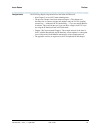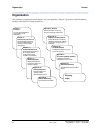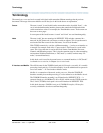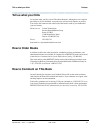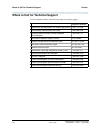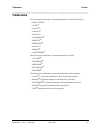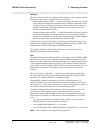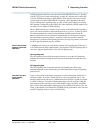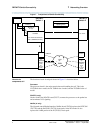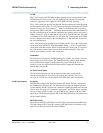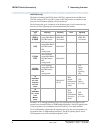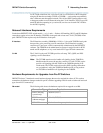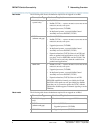
1
Administration for Network Connectivity
555-233-504 — Issue 1 — April 2000 CID: 77730
1 Networking Overview
This chapter provides background information that will help you understand and use the
information in the remainder of the book. There are two major sections in this chapter. The first
section describes how DEFINITY ECS switches can be connected, with a focus on IP connectivity.
The second section describes IP addressing and subnetting.
DEFINITY Switch Connectivity
This section describes the basic components of a network of DEFINITY switches and how voice and signaling
data are transmitted between switches for the different types of switch connections. It also provides a summary
of the administration procedures for connecting switches via an IP network (using the C-LAN and
TN802B-MedPro circuit packs).
Connectivity Overview
Why connect switches? DEFINITY switches can be connected in various ways for various reasons. The main
motivation for connecting switches is to enable people within an enterprise to easily
communicate with one another, regardless of their physical location or the particular
communications server they are assigned to. Inter-switch connections also enable the
sharing of communications resources such as messaging and Call Center services.
What kinds of
connections are
possible?
Trunks
Switches communicate with each other over trunk connections. There are several
kinds of trunks — each kind provides a different set of services for the connection.
Commonly used trunk types are (Central Office) CO trunks, which provide
connections to the public telephone network through a central office, and tie trunks,
which provide connections between switches in a private network.
These and other common trunk types are described in DEFINITY ECS
Administrator’s Guide, 555-233-506.
DEFINITY ECS Release 8 introduces the H.323 trunk, which allows voice and fax
data to be transmitted over the Internet to another DEFINITY system with H.323
Trunk capability. The H.323 trunk supports Q.931 services such as DCS+ and QSIG.



